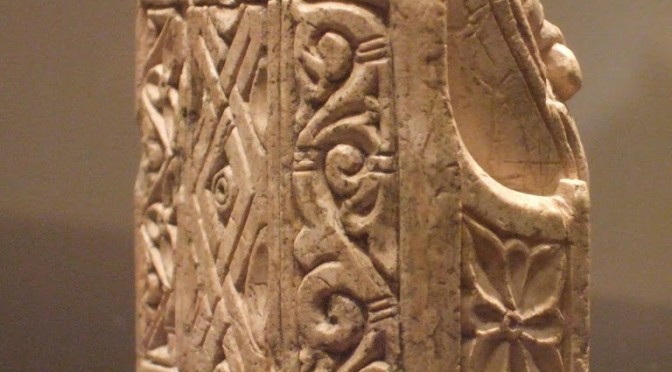On Friday, July 22nd, and Saturday July 23rd, I am taking part in interesting and important events in Edinburgh, organised by the Clan Currie Society.
On Friday 22nd, at 11am, a stone will be unveiled in the Makar’s Court, outside the Writers Museum just off Edinburgh’s Royal Mile. The court is paved with stone slabs, each commemorating an important Scottish writer, and the latest stone is for Lachlan Mór MacMhuirich, and will be engraved with the first two lines of his famous brosnachadh, or incitement to Clan Donald before the battle of Harlaw in July 1411:
A Chlanna Cuinn, cuimhnichibh
Cruas an am na h-iorghaile
On Saturday 23rd, starting at 10am, in the Royal Scots Club on Abercrombie Place, Edinburgh, there will be a symposium on Lachlan Mór MacMhuirich and the Battle of Harlaw, with a good selection of speakers.
You can find out more details on the Clan Currie event website.
See also my Harlaw music pages.



